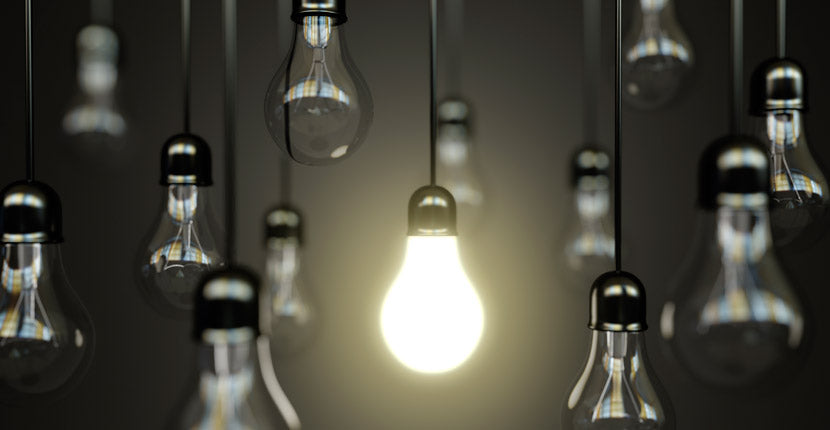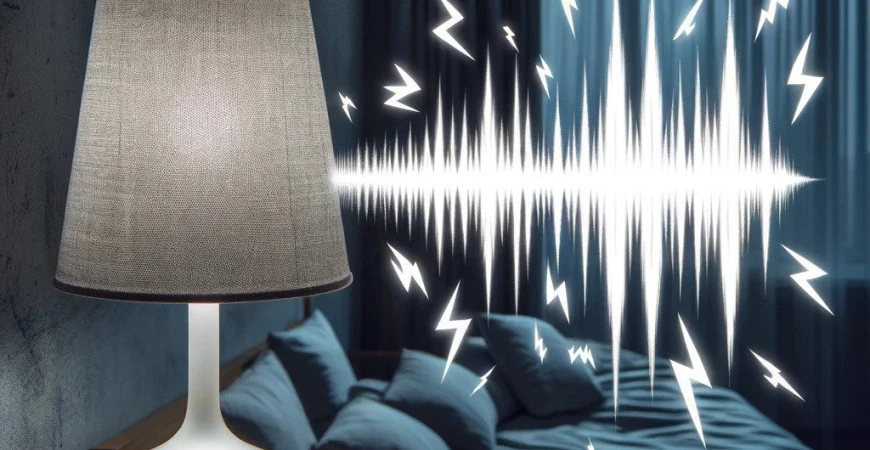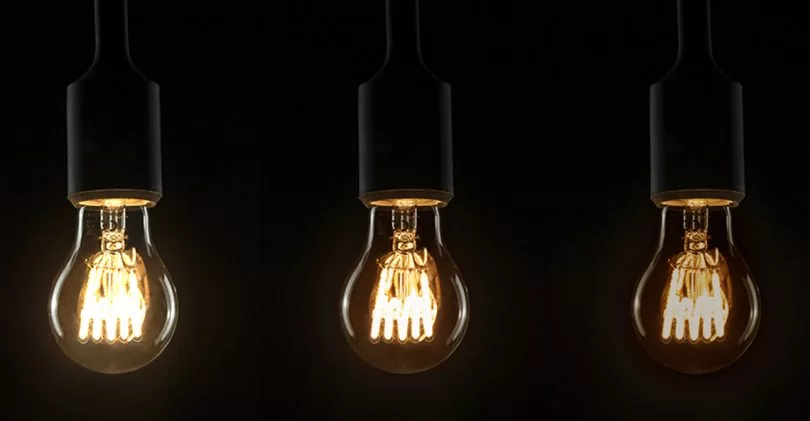Flickering lights and buzzing noises are some common issues with LED lighting. If you want to know what other problems LED lights can cause, please keep reading.
Common Problems with LED Lighting
1. LED Light Flickering
One of the most common issues with LEDs is flickering. In such cases, the LED bulb may flicker, sometimes continuously and sometimes randomly. The most common causes are poor-quality LED drivers, low power, compatibility issues, or current fluctuations.

2. LED Buzzing or Humming Noise
Buzzing sound is another common issue with the LED Lighting. It’s usually because of overload in the circuit. If your LED bulb is receiving slightly higher voltage, it’ll produce a humming sound instead of blowing off. When the voltage rises, the electronic parts vibrate, causing the fuming sound.
The best solution is to compare the voltage that runs through your socket with what your bulb or lamp accepts. It’ll most probably solve the problem.

3. Too Bright light
Sometimes LEDs become too bright for your liking. And it can be due to several reasons.
- High-power LED bulbs: Using LED bulbs with high power output can result in overly bright illumination.
- Installation position: Improperly placing LED bulbs at high heights or in unsuitable positions can lead to overly bright light or excessive coverage.
- High voltage: If the LED bulb receives a voltage higher than its rated voltage, it can lead to overly bright light.
If your bulb is dimmable, install a switch to control this feature. Or use a fixture that can prevent extra light from reaching your eyes.
4. LED Light Too Dim
A dim LED can be quite irritating. It usually happens either when the LED gets too old or when it’s poorly designed. LEDs have a life span, so before dying out completely, it’s normal to lose brightness. In such a case, you should replace the LED with a new one.

5. LED Light Overheating
- Inadequate Heat Sink: LEDs generate heat that needs to be dissipated efficiently. If the heat sink is too small or poorly designed, it won't effectively dissipate the heat.
- High Current: Supplying too much current to the LED can cause it to generate excessive heat.
- Power Supply Issues: Using a power supply that provides higher voltage or current than what the LED is rated for can lead to overheating.
- High Ambient Temperature: Operating LEDs in a high-temperature environment can exacerbate overheating issues.
- Poor Ventilation: Lack of airflow around the LED fixture can prevent heat from dissipating.
- Degradation Over Time: As LEDs age, their efficiency can decrease, leading to higher heat generation for the same amount of light output.
You can use high-quality LED products with well-designed heat sinks. ensure proper ventilation and avoid placing LEDs in enclosed fixtures unless they are specifically designed for such use.If you want to avoid the above problems, you should choose a branded LED with the correct wattage, size, and drivers. This will ensure longer and problem-free usage.
2 comentarios
LEDs get hot too. The most issue is how the producer design the luminaire for heat disspation to balance the heat and efficiency.
Is not the LED that is getting hot, is the power supply or adapter that is getting hot after one hour of useage.